The B&R 8V1090.00-2 is a high-performance servo drive belonging to the ACOPOS series. This series is renowned for its reliability and advanced features, designed to meet the diverse needs of industrial automation applications.
Product Parameters and Specifications
- Mains Connection:
- It supports permissible network configurations of TT and TN. The mains input voltage can be 3x 400 VAC to 480 VAC with a tolerance of ± 10%, or 3x 230 VAC ± 10%. The frequency range is 50 / 60 Hz ± 4%. The installed load has a maximum of 10 kVA, and the inrush current at 400 VAC is 7 A. The switch – on interval should be greater than 10 s. It also comes with an integrated line filter per EN 61800 – 3, category C3.
- DC Bus Connection:
- The DC bus capacitance is 470 µF.
- 24 VDC Power Supply:
- The input voltage is 24 VDC ± 25% with an input capacitance of 8200 µF. The current consumption has a maximum of 2.5 A plus the current for the motor holding brake.
- Motor Connection:
- The continuous current is 8.8 A eff. The continuous current may be reduced depending on the ambient temperature and installation elevation. For example, when the mains input voltage is 400 VAC, at a switching frequency of 5 kHz, there is no reduction; at 10 kHz, it reduces by 0.18 A eff per °C (starting at 54 °C); at 20 kHz, it reduces by 0.18 A eff per °C (starting at 30 °C). When the mains input voltage is 480 VAC, similar reduction rules apply but with different starting temperatures. Starting at 500 m above sea level, the continuous current reduces by 0.88 A eff per 1000 m. The peak current is 24 A eff, and the nominal switching frequency is 10 kHz, with possible switching frequencies of 5 / 10 / 20 kHz. The insulation stress of the connected motor per IEC TS 60034 – 25:2004 follows limit value curve A, and the max. motor line length is 25 m.
- Terminal Connection Cross Section:
- For flexible and fine – stranded wires with wire end sleeve, it supports a cross – section range of 0.25 to 4 mm². The approbation data includes UL / c – UL – US 30 to 10 awg and CSA 28 to 10 awg.
- Motor Holding Brake Connection:
- The response threshold for open – circuit monitoring is approximately 385 mA, with a max. output current of 1 A. The max. number of switching cycles is unlimited as it is implemented electronically.
- Braking Resistor:
- It has a peak power output of 7 kW and a continuous power of 200 W.
- Limit Switch and Reference Inputs:
- The circuit is of sink type with electrical isolation between input – acopos (yes) and input – input (no). The input voltage has a nominal value of 24 VDC and a maximum of 30 VDC. The switching threshold is low < 5 V and high > 15 V. The input current at nominal voltage is approximately 4 mA, and the switching delay is max. 2.0 ms. The modulation compared to ground potential is max. ± 38 V.
- Enable Inputs:
- The circuit is sink type with electrical isolation for input – acopos. The input voltage has a nominal value of 24 VDC and a maximum of 30 VDC. The input current at nominal voltage is approximately 30 mA. The switching threshold is low < 5 V and high > 15 V. The switching delay for enable 0 → 1 (ready for PWM) is max. 100 µs, and for enable 1 → 0 (PWM off) is max. 2.0 ms. The modulation compared to ground potential is max. ± 38 V.
Series and Features
As part of the ACOPOS series, the 8V1090.00 – 2 offers several notable features. The series has been thoroughly tested during development, with devices subjected to extreme conditions like heavy vibrations and increased temperatures, far exceeding normal operating values. This ensures high reliability in real – world industrial use.
The I/O channels required to operate a servo axis are part of its standard equipment. Additionally, it provides two trigger inputs for tasks that demand precise measurements or registration mark control. Further customization to meet specific application requirements can be achieved using plug – in modules. These modules enable network connections with other drives, controllers, and visualization devices, as well as connections for encoders, sensors, and actuators. There are also CPU modules available for controller and drive integration in drive – based automation.
Function and Use
The B&R 8V1090.00 – 2 is designed to control servo motors accurately. It can be configured for complex positioning tasks such as electronic gears or cam profiles. Based on B&R’s extensive cooperation with global customers, it offers compact function blocks for various applications, allowing industry – specific functionality to be easily implemented in an application program.
It can operate both synchronous and induction motors. The drive includes multiple technology – specific functions that have demonstrated remarkable performance, flexibility, and capability in numerous applications. These functions can be switched between as needed within 400 μs, enabling operations like changes in product length, registration mark control, overlying torque control, brief process adaptations, and quality checks at any time.
The B&R 8V1090.00 – 2 is designed to control servo motors accurately. It can be configured for complex positioning tasks such as electronic gears or cam profiles. Based on B&R’s extensive cooperation with global customers, it offers compact function blocks for various applications, allowing industry – specific functionality to be easily implemented in an application program.
It can operate both synchronous and induction motors. The drive includes multiple technology – specific functions that have demonstrated remarkable performance, flexibility, and capability in numerous applications. These functions can be switched between as needed within 400 μs, enabling operations like changes in product length, registration mark control, overlying torque control, brief process adaptations, and quality checks at any time.
Application Fields
- Industrial Automation: In manufacturing plants, it can be used to control the movement of robotic arms, conveyor belts, and other machinery with high precision, ensuring smooth production processes and accurate product handling.
- Packaging Industry: For packaging machines, it enables precise control of the packaging material feed, sealing, and cutting operations, contributing to consistent and high – quality packaging.
- Textile Industry: It can be applied to control the speed and position of spinning machines, looms, and other textile equipment, improving the quality of textile products by ensuring uniform yarn tension and precise fabric formation.



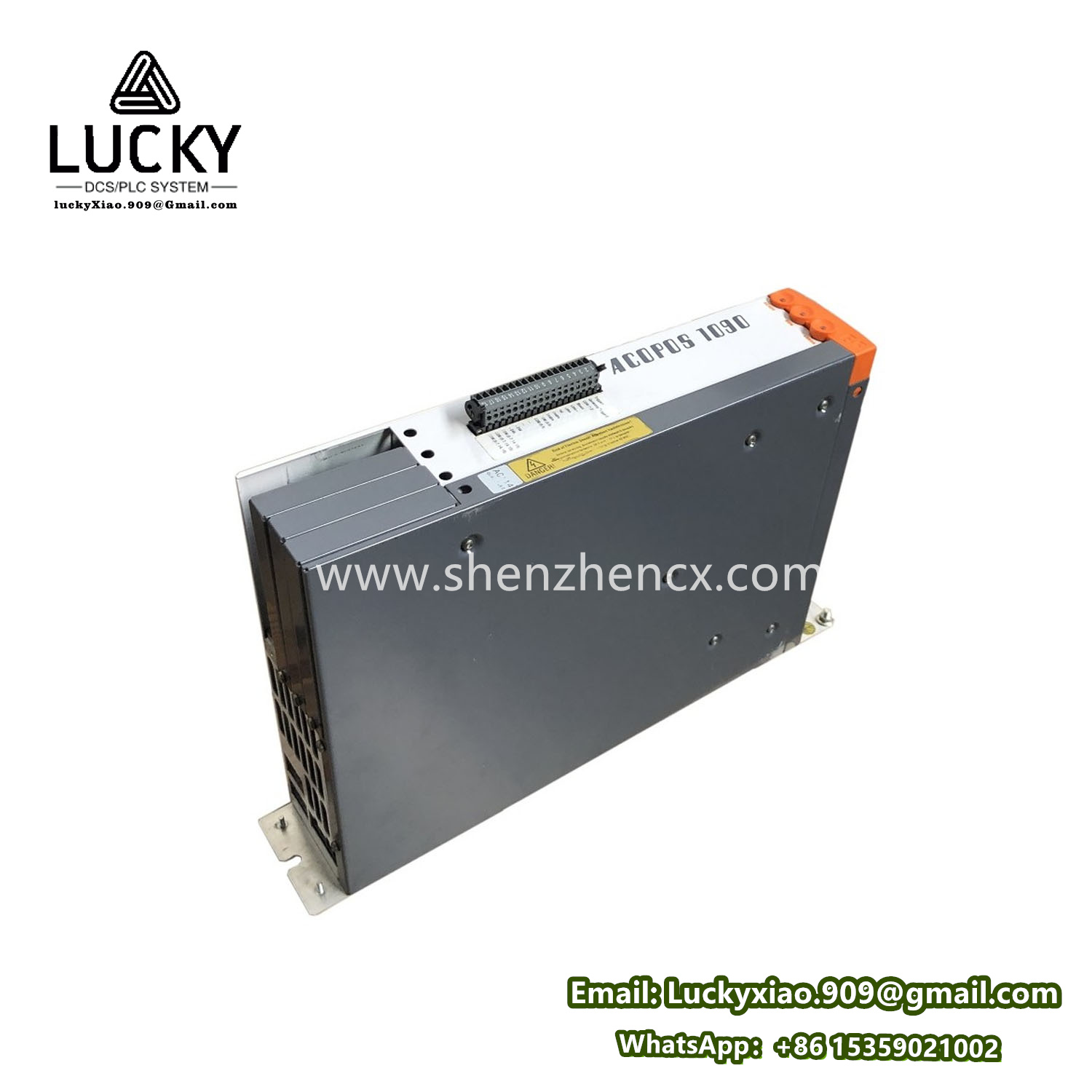

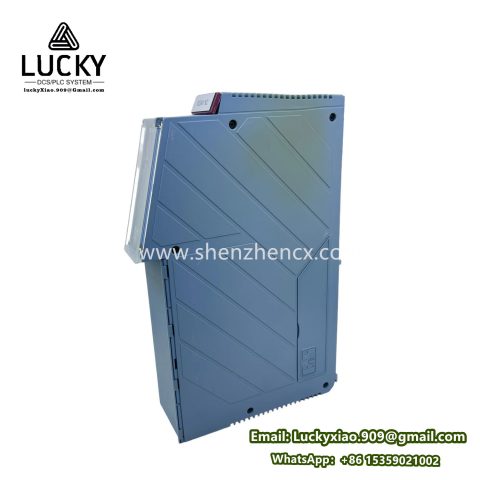
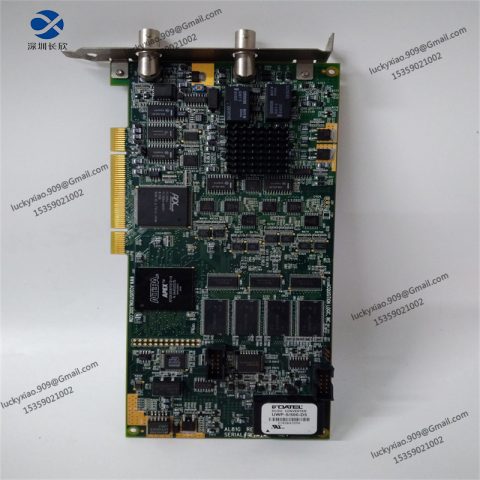
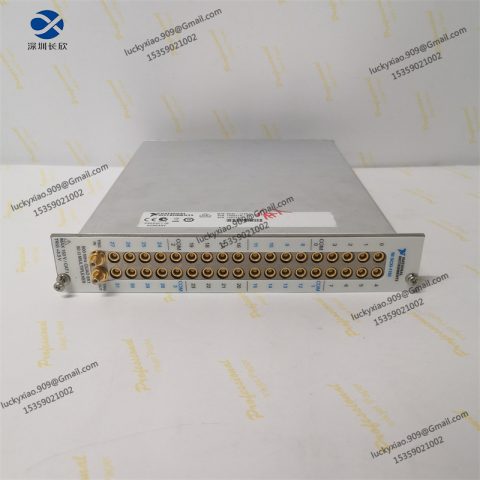
-480x480.png)
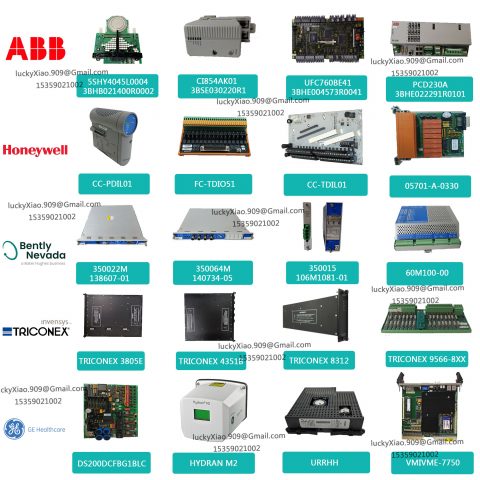
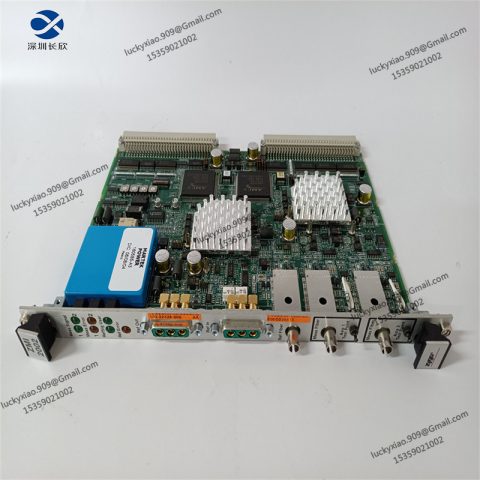
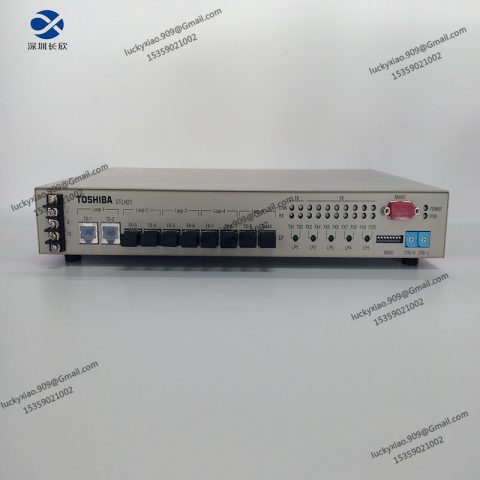

-480x480.jpg)
There are no reviews yet.